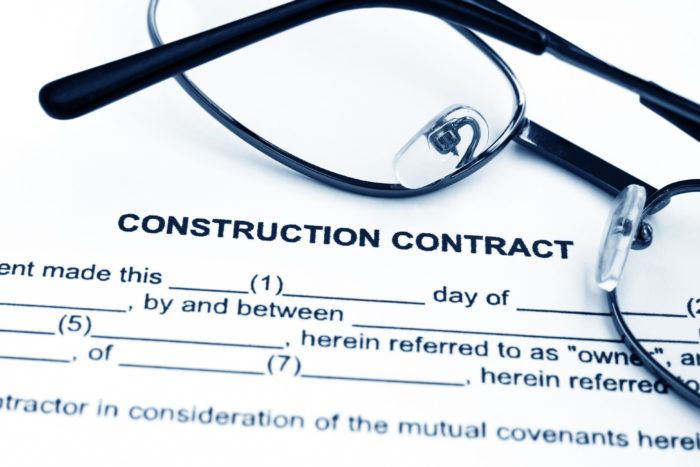Better Bidding for Residential Construction and Remodeling
Why “cost-plus” builders should consider getting to a firm price faster.

The realities of bidding for residential construction and remodeling are difficult to generalize. It is at least a $330 billion industry by some estimates, ranging from one-man operations that replace windows and redo bathrooms to nationally recognized builders. Basically, the simpler or more predictable the job, the easier it is to offer a fixed price. That’s why fixed price is the norm for production homes. It’s also relatively common in semicustom construction and design-build work by firms that handle both aspects of the job—but even there; the fixed price isn’t always as fixed as promised.
Estimating takes the place of true preconstruction planning, and builders get to work right after that rough ballpark. To allow for unknowns and guesswork, they build some contingency amount into their bidding. When that runs out, they have difficult decisions to make: ask clients for more time and money, ask them to give up things they were expecting to get, or put off the day of reckoning and surprise them with the final invoice. It’s nobody’s fault at that point, and no one wants to give bad news to people they like. It’s just bad planning.
In high-end, site-specific, architect-driven residential construction like ours, the usual approach is designing-bidding-building, which means the architect and client design the project with little to no interaction with the builder. Once they have defined, described, and specified the project to some degree, they go out and look for apples-to-apples bids from three contractors who they deem to be equivalent. There are two big problems with this approach. For one, builders run their businesses in different ways. Second, there is no way any of them can spend enough hours on free bidding to research the specs and plans and come up with an accurate bid. So there is a lot of guessing and assumptions, making bidding worth exactly what the client paid for it: Nothing.
At this point the client has three bids they think are equivalent, and they often take the lowest one. Once the project gets underway, they discover critical assumptions and misunderstandings. The change orders begin, and tensions rise.
Because of the designing-bidding-building process, the more complex the project, the more likely the builder will lean away from a fixed bid and offer an estimate, with some sort of cost-plus arrangement. There are variations around the country, but it usually goes something like this: At each billing cycle (often monthly), the builder will pass along the costs of the project plus the markup, which represents the builder’s profit. The total cost of the project, which is only known after the project is complete, is simply the aggregate of these “cost-plus” invoices. The more costs increase, the greater profit the builder earns, so budgets and timelines tend to balloon. There is no guarantee of a final price or timeline.
Understandably, contractors are very nervous to lock in a number. Instead, they rely on an organic process where the design evolves as they go along. Our designs don’t evolve: We figure it out from the beginning. In the end, it’s much easier.
Jeremy Martin is a principal at RisherMartin Fine Homes. To learn more about their process of fixed-price bidding and building, click to read “On Budget, Every Time” in FHB #276.

























